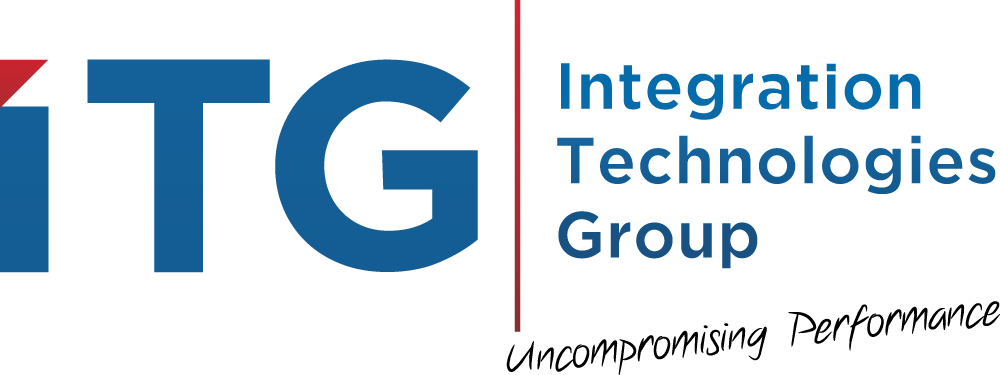In response to the need to ensure equal access to electronic and information technologies, ITG has developed a set of standards for Web page design. In recognition of those individuals with visual, physical, or developmental disabilities, ITG has adopted a Web Accessibility Policy to make web information accessible to all.
It has been estimated that 54 million people or 20.6 percent of all Americans have some level of disability. Technological advances are eliminating many of the physical and informational barriers that have long existed for people with disabilities.Public awareness of disability issues is growing and changing. America’s population is aging and disability increases with age. The number of Americans aged 65 and older is projected to increase 135% between 1995 and 2050, according to the Census Bureau.
ITG is committed to making its Web systems accessible to all users and is committed to making the Web pages compliant with Section 508 standards.
Web Accessibility Policy Web Design Standards
These standards are influenced by those recommended by the Access Board and W3C. The Access Board is responsible for developing the standards outlined by the amended Rehabilitation Act of 1998. Universal design calls for appropriate use of auxiliary aids and services where necessary to ensure communication.
ITG has adopted the standards, mentioned above, of the design of HTML pages to increase accessibility to users with disabilities as the primary guideline to provide access to all people independent of physical limitations. These standards are maintained by professionals trained in the area of assistive and information technology.
ITG embraces these standards and will be evaluating its site on a regular basis, increasing the opportunity for all individuals to access information on its systems. The Access Design Standards are being integrated into ITG and will continue to evolve as new technologies and opportunities emerge.
Our primary goal is to provide access to any information component in the system to people with physical limitations. Additionally, accessibility and usability are structured to comply with the 508 guide: Technical Standards; Web-based Intranet and Internet Information and applications (1194.22.)
High priority is given to the following:
- Every graphic image has an “alt” tag and a short description that is intuitive to the user. If a graphic image is used as a navigation element, it contains text description and direction that is intuitive to the user.
- The Web system has descriptive, intuitive text links and avoids the use of vague references such as “click,” “here,” “link” or “this.” Forms include explicitly associated labels to assist input or contain title identification on the input area.
- The use of frames is avoided since screen readers cannot read them intelligently, they create navigation problems and all browsers do not support them.
- Tables include textual information displayed in a linear form across the table; additionally, cells are explicitly associated to aid as reference.
- Colors are avoided as a sole means for communicating information since color schemes can create accessibility problems to people with color blindness and with legibility.
Work Instructions for Software Development
ITG has established work instruction for the development of software that guides designers and publishers to identify important access issues when new Web pages and software components are created. This technical guide is for internal use and will indicate procedures that will be followed to set the standards to provide maximum Web page accessibility and usability.
Testing and Evaluation
Testing tools, although they help identify initial accessibility barriers, do not fully identify all issues. The Web-pages of ITG have been tested for accessibility with a combination of software tools. Web authoring, as well as testing software and screen readers have been used to evaluate the accessibility level of the system and its compliance with the 508 guidelines.
Known Limitations of this Web Accessibility Policy
Although a significant effort has been made to provide accessibility to all people with or without disabilities, this policy does not include requirements for every known disability. The quality work instruction for software development (QWI-19 available on the Document Control System) provides guidelines for creation of new pages and known issues on accessibility limitations.
Known Issues
Event handlers: Even though events in JavaScript are used they are not needed to access information or perform user-triggered functions. Cascade Style Sheets: Disabling CSS does alter the existing font appearance. Use of color: Color is used in occasions; however, it is mostly for decorative purposes and it is not the sole means of communicating information.
Contact Information
Please contact ITG if you have any problems accessing information on the web system at:
Telephone: 703-698-8282
Fax: 703-698-0305
